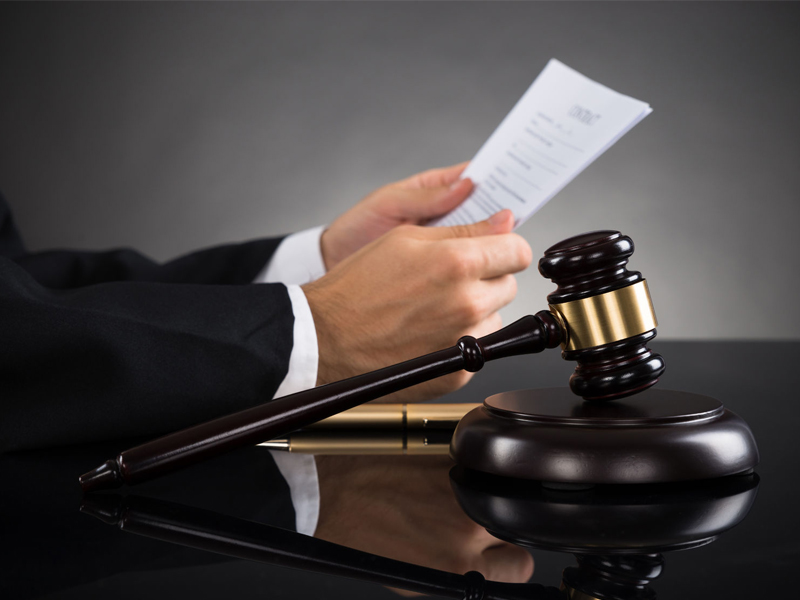
RRSPs can be a great way for many Canadians to save for retirement. But clients need to remember that it’s ultimately their responsibility to keep track of their available RRSP contribution room and avoid overcontributing. After all, overcontributions can lead to harsh penalty taxes of 1% per month, as well as requirements to file T1-OVP returns reporting the amount of the overcontribution tax.
A recent Federal Court of Appeal decision released in May 2019 dealt with a taxpayer who overcontributed $30,000 and $15,000 in 2003 and 2004, respectively, into a combination of personal and spousal RRSPs. The taxpayer had no tax owing for several years and, on the advice of his accountant, did not file income tax returns for these tax years. As a result, he did not receive notices of assessment and was thus unaware that he didn’t actually have enough RRSP contribution room as a result of pension contributions made through his employer and the related pension adjustments.
In February 2007, the Canada Revenue Agency informed the taxpayer that he may have overcontributed to his RRSPs and that, if so, the excess was subject to a 1% per month overcontribution penalty tax. He was also informed that he had to file RRSP overcontribution (T1-OVP) returns for each year he had excess RRSP contributions. The taxpayer failed to file the T1-OVP returns within the time limit requested, so the CRA assessed the taxpayer tax on his RRSP overcontributions, penalties for failure to file the T1-OVP returns on time and arrears interest on both amounts. By the fall of 2018, the total of tax, penalties and interest had grown to nearly $70,000.
The taxpayer applied to the CRA for relief from the tax on the overcontributions, penalties and interest, which the CRA denied. He then appealed the CRA’s decision to the Federal Court, which did not find the CRA’s decision to deny relief to be “unreasonable.” Finally, the taxpayer sought relief in the Federal Court of Appeal.
The taxpayer argued that “[s]ince he earned a good income at the time, he thought that he could make the maximum contribution.” He was apparently unaware that he didn’t have the RRSP room as a result of his pension contributions through work.
In a lengthy written decision, the appellate court concluded, once again, that the CRA’s decision not to waive the tax, penalties and interest was not to be interfered with, as the taxpayer “appears to have been aware that there was a limit on RRSP contributions.” Yet, the taxpayer “does not appear to have made any inquiries…to confirm his contribution room. His error therefore likely cannot be said to have been a reasonable one.”
Advisors can play an important role in helping clients seek out their contribution limit by asking them to share their most recent Notice of Assessment showing the amount of available room. If the client can’t find their notice, then they should be encouraged to go online and use the My Account feature on the CRA website, where they can easily track down the available room. This should minimize the chance of your client making an accidental RRSP overcontribution.
